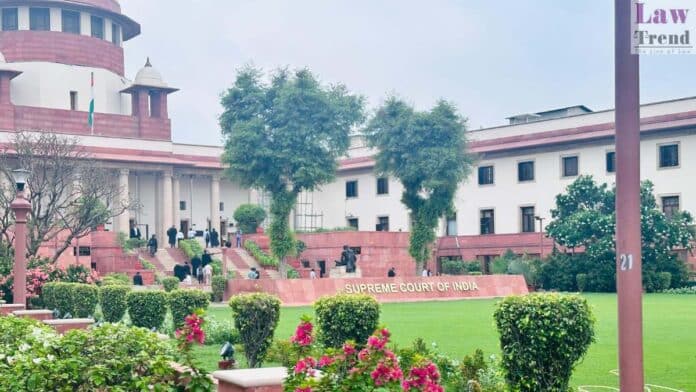The Supreme Court on Tuesday advised petitioners contesting the constitutionality of certain provisions within Hindu Religious Endowments laws across Tamil Nadu, Andhra Pradesh, Telangana, and Puducherry to seek resolutions through their respective high courts. The directive came as the bench, led by Justices BV Nagarathna and Satish Chandra Sharma, resolved to dispose of multiple petitions, including those initiated by Swami Dayananda Saraswati in 2012 and former BJP MP Subramanian Swamy.
The court has allowed the petitioners the freedom to submit new writ petitions within their jurisdictional high courts, highlighting that these courts are well-placed to analyze the multifaceted legal, socio-economic, cultural, and religious dimensions of the laws in question. The bench even suggested that the high courts might consider forming expert committees to aid in this evaluation.
During the proceedings, the bench requested the Centre’s input on the matter, leading to Additional Solicitor General (ASG) KM Nataraj clarifying that the oversight of religious endowments is predominantly a state responsibility. “It is a state subject; the state has to regulate. I don’t think the Union can do much in the matter,” remarked ASG Nataraj. Representing Puducherry as well, he argued that the legislation for each region is tailored to its specific needs and that any need for regulation should first be scrutinized by the relevant high courts.
Solicitor General Tushar Mehta, contributing towards the end of the hearing, articulated a principle stance on the issue, stating, “Principally, temples can never be under the control of the government. If religion has no business in governance, governance has no business in religion. As simple as that.” He further emphasized that temples should not be treated as governmental departments.*
Concluding the session, the bench noted, “We find that the better way of ventilating the grievances of the petitioners is to assail the provisions of the respective Acts before the respective jurisdictional high courts, so as to enable the high courts to better appreciate the dimensions of the challenge.” This decision marks a significant move towards ensuring that detailed considerations of state-specific religious laws are handled by courts closest to their impact.







